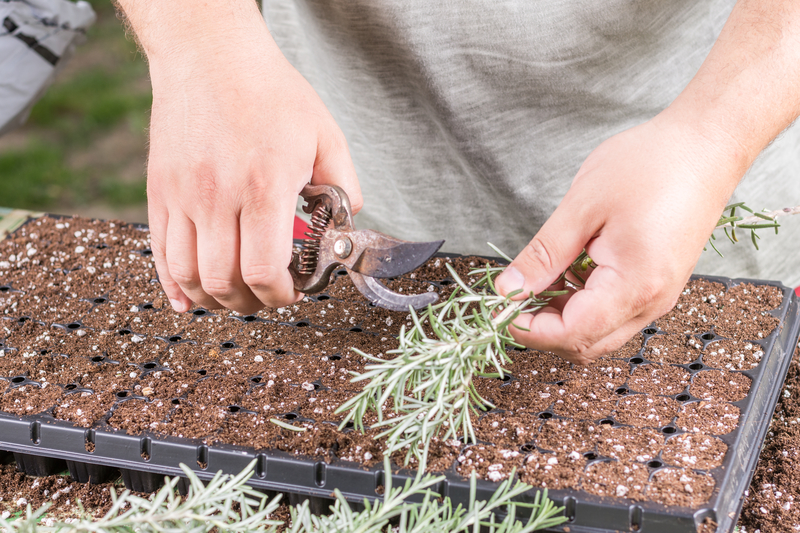Plant propagating is a common process among homesteaders where new plants are created using various sources. Seeds, bulbs, cuttings, and other plant parts are put together to regenerate a garden. This branch of horticulture deals with the production of new plants using what is referred to as “starter materials”. Some people look at it as a form of recycling while others place the seedlings in small containers for décor and display uses.
How Does Plant Propagating Work?
Plant Propagating uses totipotency, which allows the cells to regenerate all the missing parts which leads to creating an entire new organism. Totipotency in plants means that any live part separated from the main plant, when composed of live cells, can produce missing organs to create an intact plant, including roots. This means all plant organs that contain live cells such as seedlings and cuttings, may be used as propagules, or for plant propagating.
The Diverse Types of Cuttings
There are many types of cuttings that you can use with plant propagating. They are Softwood, Greenwood, Semi-Ripe, and Hardwood cuttings.
Softwood cuttings come from fresh, new growth plants, usually in the spring or summer. Softwood includes plants such as butterfly bushes or dogwood trees. They tend to root really well.
Greenwood cuttings come from young stems that are just beginning to mature. They are from the first year of the plant and cut either early to mid-summer. Greenwood plants include boxwood and gardenias.
Semi-ripe cuttings are more mature and tougher. They are often taken midsummer to fall. The best semi-ripe plants for propagating include honeysuckle and camellia.
Hardwood cuttings are from woody stems that have become dormant during the late fall or winter. They come from trees and shrubs such as viburnum or mock orange.
How to Plant Propagating
First, you will need to gather supplies such as a sharp knife, pruning shears, containers for potting, sand, perlite, vermiculite or potting mix, and rooting hormone. Then you will be ready to begin.
The first step is to cut off a small section of a stem. You should choose a healthy plant that’s at least 3 to 6 inches in length. Make a sharp cut and try not to mash together the stems as this will make it difficult for new roots to produce
Next, you will need to remove the lower leaves on the stem by clipping them, so that you are left with a bare stem to place into your potting mix. After that, you can dip the end of your stem in the rooting hormone. This can help your cuttings to root faster.
Suggested Article: “Is Your Soil Quality Good?”
The last step is to pot up your cuttings as quickly as possible by placing it in moist potting mix. You can also use perlite, sand, or vermiculite. Keep the cuttings humid by loosely applying clear plastic or keeping it under a cloche.
Keep in mind that there are some plants that will root faster than others. You will have to have plenty of patience with plant propagating. It usually takes around one to two months for cuttings to take root and establish well enough so they may be planted.
Improve Root Growth: Heat Mat Warms Seeds for Improved Root Growth
When Should I Retrieve Cuttings?
It is best to gather cuttings early in the morning because the plant has the most moisture during this time. Keep your cuttings cool and moist until you are ready to place them in their pot. Avoid exposure to direct sunlight until then. However, there are some cuttings that will take root faster if they are kept warm and humid, therefore misting the cuttings frequently may help them grow.
There are some cuttings that are very easy to grow, so, if this is your first plant propagating project, you may want to start with them. These plants include Geraniums, Impatiens, and Coleus.




